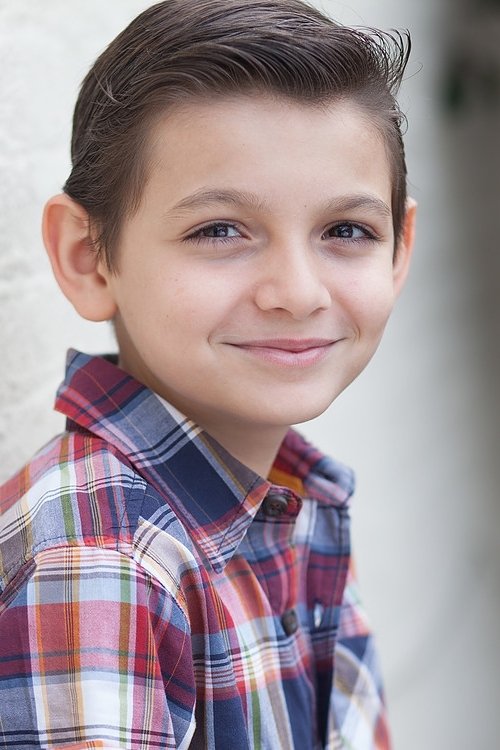
One measure taken was the installation of wind measurement devices to alert parade organizers to any unsafe conditions that could cause the balloons to behave erratically. In 2019, the cast of Sesame Street led the parade in honor of the show's 50th anniversary.įollowing an incident in 2005 where a balloon knocked over a street light and injured spectators (see § Injuries), new safety measures were incorporated in 2006 to prevent accidents and balloon-related injuries. Since 1985, the parade was traditionally led by the New York City Police Department Highway Patrol. From 1984 to 2019, the balloons were made by Raven Industries of Sioux Falls, South Dakota, through its Raven Aerostar division. The event had its first broadcast on network television in 1948 (see § Television coverage). The parade resumed in 1945 and became known nationwide shortly afterwards, having been prominently featured in the 1947 film Miracle on 34th Street, which included footage of the 1946 festivities. The parade was suspended from 1942 to 1944 as a result of World War II because rubber and helium were needed for the war effort. The annual festivities were broadcast on local radio stations in New York City from 1932 to 1941 and resumed in 1945, running through 1951. The first Mickey Mouse balloon entered the parade in 1934. Through the 1930s, the parade continued to grow, with crowds of over one million people lining the parade route in 1933. Macy's heard about Sarg's talents and asked him to design a window display of a parade for the store. After moving to London to start his own marionette business, Sarg moved to New York City to perform with his puppets on the street. Īnthony "Tony" Frederick Sarg loved to work with marionettes from an early age. While ragamuffin parades that competed with Macy's would continue into the 1930s, the competition from Macy's would overwhelm the practice, and the last ragamuffin parade in New York City would take place in 1956.

The public backlash against such begging in the 1930s (when most Americans were struggling in the midst of the Great Depression) led to promotion of alternatives, including Macy's parade. Ragamuffin Day featured children going around and performing a primitive version of trick-or-treating, a practice that by the 1920s had come to annoy most adults. The Macy's parade was enough of a success to push Ragamuffin Day, the typical children's Thanksgiving Day activity from 1870 into the 1920s, into obscurity. With an audience of over 250,000 people, the parade was such a success that Macy's declared it would become an annual event, despite media reports only barely covering the first parade.


At this first parade, Santa was enthroned on the Macy's balcony at the 34th Street store entrance, where he was then crowned "King of the Kiddies". At the end of that first parade, Santa Claus was welcomed into Herald Square.
#LUCA PADOVAN PROFESSIONAL#
There were floats, professional bands and live animals borrowed from the Central Park Zoo. In 1924, store employees marched to Macy's Herald Square, the flagship store on 34th Street, dressed in vibrant costumes. The Parade's workforce is made up of Macy's employees and their friends and family, all of whom work as volunteers. Eastern Standard Time on Thanksgiving Day, and has been televised nationally on NBC since 1953.

The three-hour parade is held in Manhattan, ending outside Macy's Herald Square, takes place from 9:00 a.m. The Parade first took place in 1924, tying it for the second-oldest Thanksgiving parade in the United States with America's Thanksgiving Parade in Detroit (with both parades being four years younger than Philadelphia's Thanksgiving Day Parade). The Macy's Thanksgiving Day Parade is an annual parade in New York City presented by the U.S.-based department store chain Macy's.


 0 kommentar(er)
0 kommentar(er)
